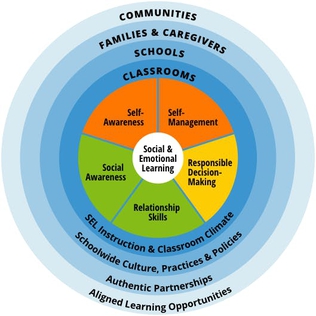Introduction
An optimistic school culture is essential for nurturing a positive and nurturing environment for both students and staff. The right school culture can significantly impact academic achievement, engagement, and wellbeing. As the principal, creating an optimistic school culture is one of your top priorities. In this article, we will discuss four ways you can foster an optimistic and uplifting atmosphere at your school.
1. Promote a Growth Mindset
One key factor contributing to an optimistic school culture is fostering a growth mindset among students and staff. Encourage educators to teach their students that intelligence is not fixed, but rather can be developed through effort, hard work, and perseverance. Inspire students to see challenges as opportunities for growth, rather than as setbacks or signs of failure. By instilling these values in both students and staff members, you create a community committed to improving themselves and supporting each other’s development.
2. Invest in Strong Relationships
Building genuine and trusting relationships between staff members and between faculty and students is crucial for creating an optimistic environment. Provide opportunities for team-building activities among faculty members to promote collaboration and open communication. Encourage teachers to build strong connections with their students by taking personal interest in their well-being, understanding their individual learning needs, and offering guidance when needed. A supportive network of relationships promotes positive interactions within the school community that serve as the backbone of a healthy school culture.
3. Recognize Successes
Acknowledging the accomplishments of your students and staff creates a celebratory atmosphere that encourages others to strive towards success as well. Recognizing achievements at all levels – big or small – reinforces that hard work truly pays off. Implement various avenues in which successes are celebrated, such as awards ceremonies, announcements on the PA system or social media platforms, or personalised rewards based on specific interests or talents. Showcasing the triumphs of your school community not only fosters individual pride but also bolsters a sense of belonging and unity among the group.
4. Encourage Inclusivity
Fostering an optimistic school culture calls for embracing inclusivity and diversity. Address any instances of bias, prejudice, or discrimination swiftly and fairly. Cultivate a campus environment where students feel comfortable expressing themselves, regardless of their background or identity. Encourage teachers to include lessons that address different perspectives and cultures to further enrich students’ experiences and promote open-mindedness. By demonstrating that each person’s viewpoint is valuable, you create an atmosphere where everyone feels welcomed, respected, and included.
Conclusion
Creating an optimistic school culture is a multi-faceted endeavor that requires a consistent commitment from the principal. By promoting a growth mindset, investing in strong relationships, recognizing successes, and encouraging inclusivity, you can positively impact the overall environment of your school community. Taking these active steps to nurture an uplifting atmosphere will prove immensely beneficial for the wellbeing and academic success of your students and staff alike.











